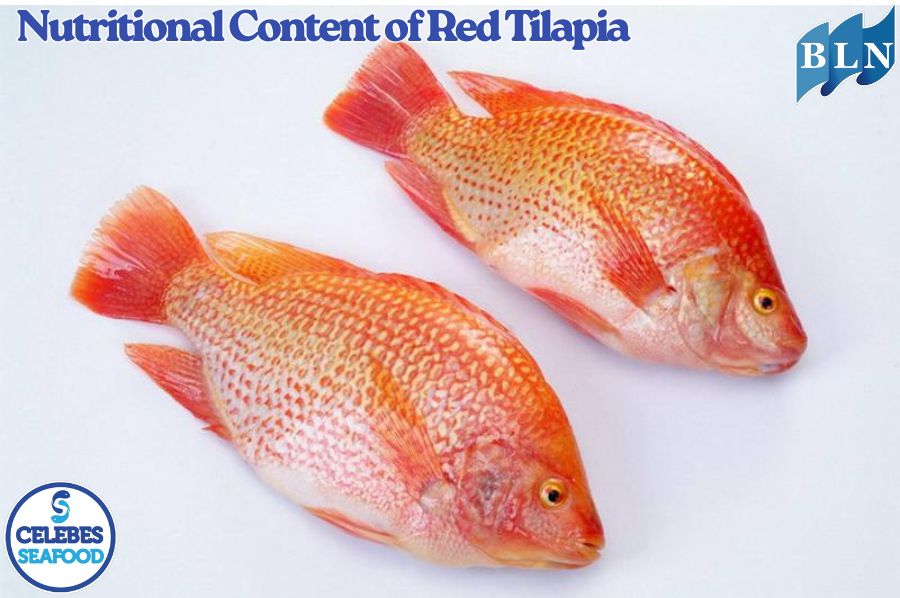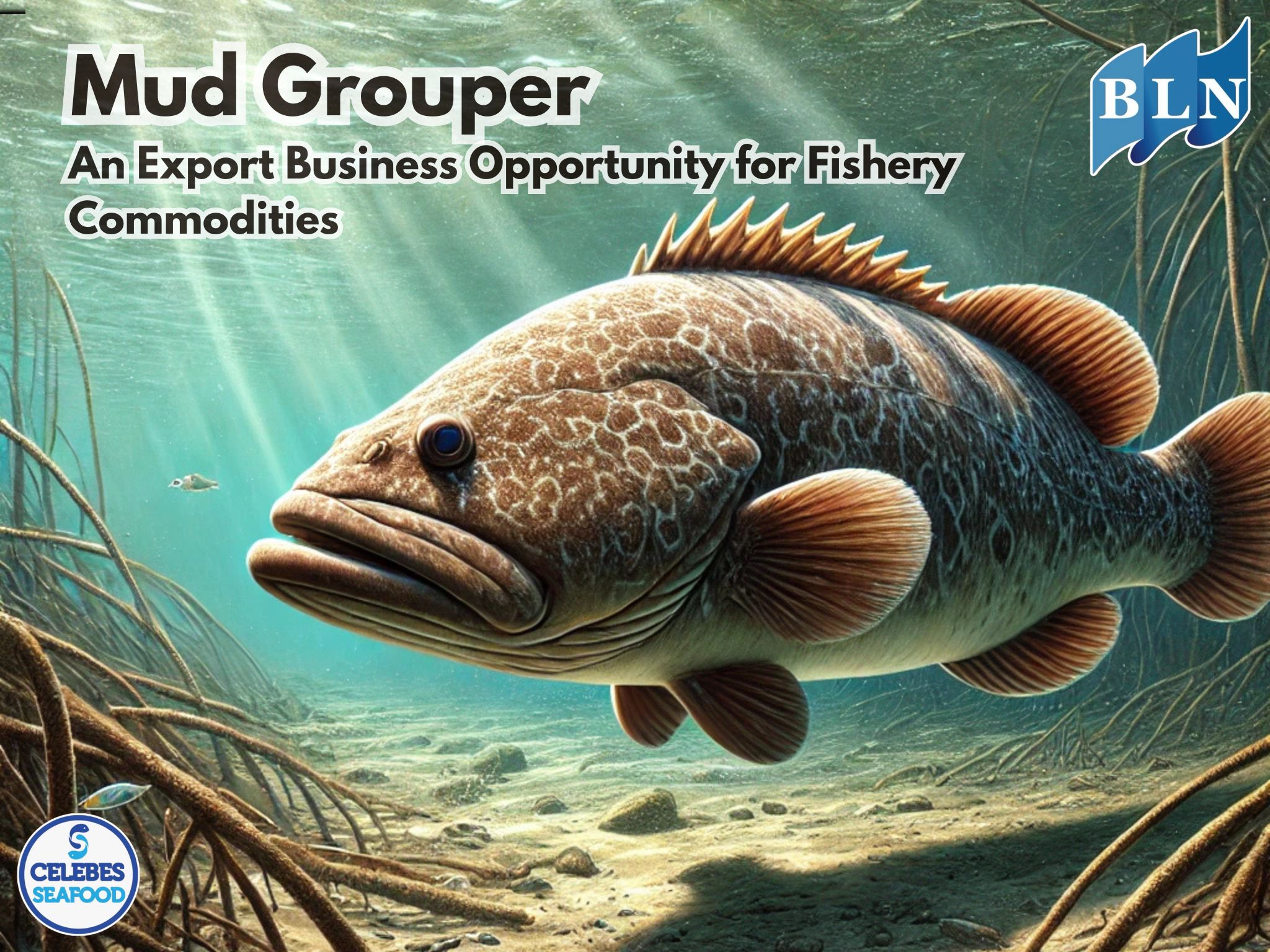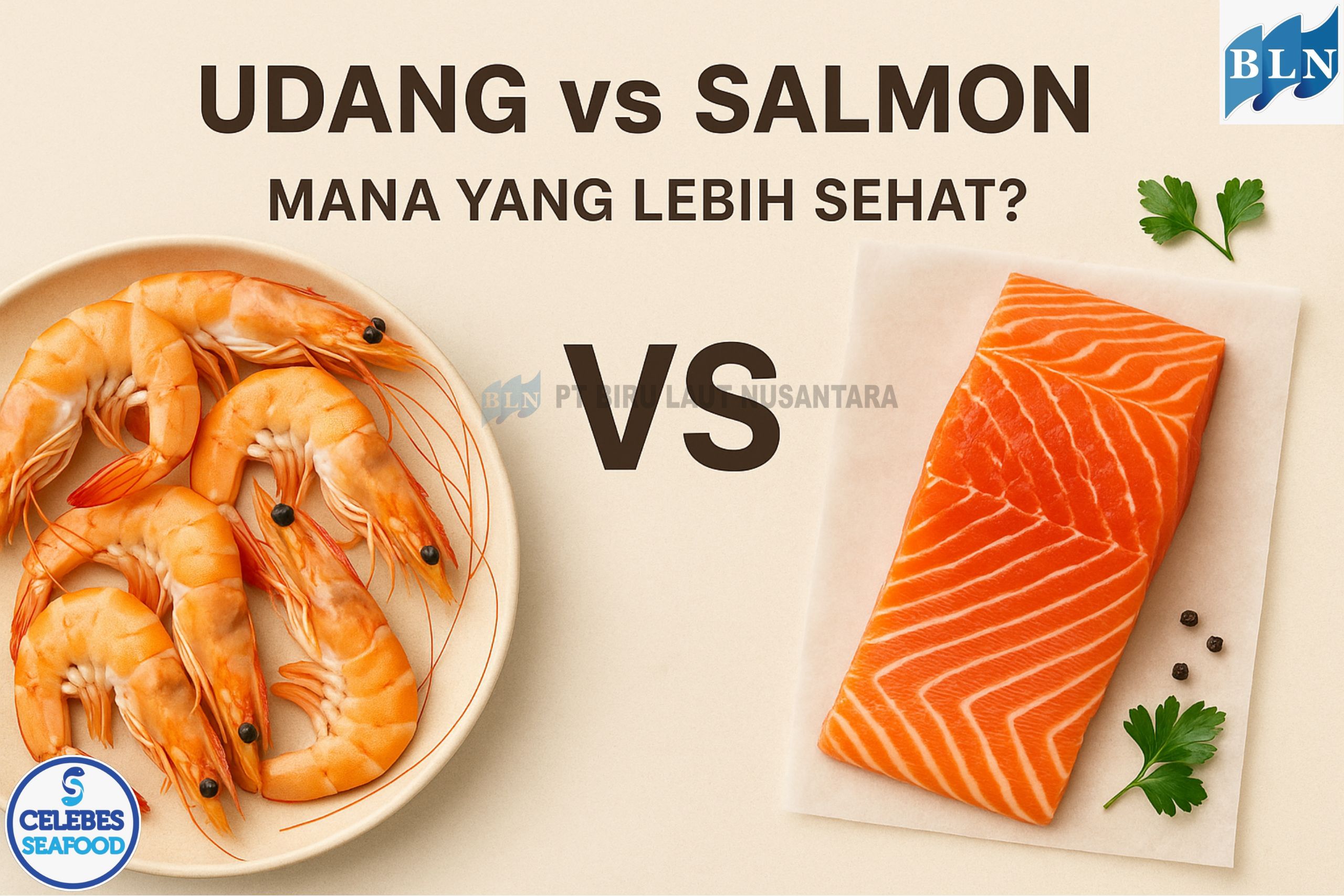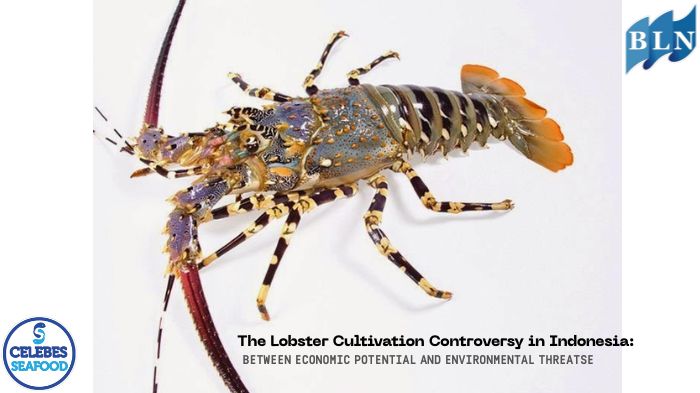The Role of Mangroves as an Important Habitat for the Life of Economic Marine Biota
By. Edi - 02 May 2025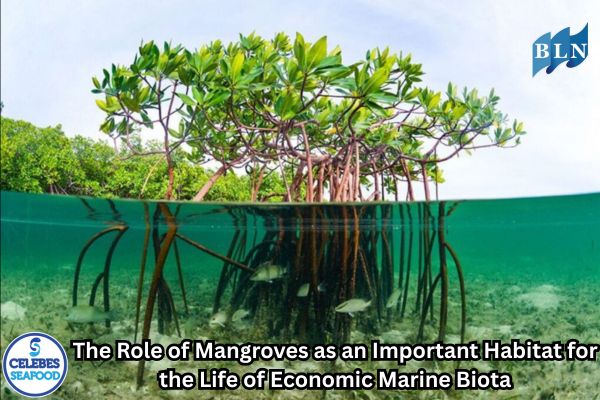
lautnusantara.com Mangrove forests play a very important role as a habitat for various types of marine biota that have high economic value. The existence of mangroves also increases the fertility of the surrounding waters. Nutrients from the decomposition of mangrove litter fertilize plankton and algae, which are the initial food for many other marine biota. This is like a natural fertilizer that makes the entire ecosystem more productive. Here are some key roles of mangroves in supporting the life of economic marine biota:
1. Spawning and Enlargement Ground:
- The intricate and muddy mangrove roots provide a safe and nutrient-rich place for fish, shrimp, crabs, and various types of mollusks to lay eggs and grow into juveniles.
- The mangrove environment protects these young marine biota from predators in the open sea, increasing their survival rate to adulthood.
- Many important commercial fish species spend their early life in the mangrove ecosystem before migrating to the adult sea.
2. Food Source:
- Fallen and decomposed mangrove leaves become the main source of detritus, which is the base of the food chain in the mangrove ecosystem.
- This detritus becomes food for various types of small invertebrates, which then become prey for larger fish, shrimp, and crabs.
- Mangroves also produce nutrients that support the growth of plankton and algae, which are food sources for other marine biota.
3. Diverse Habitats:
- The unique structure of mangrove forests creates various ecological niches that support marine biodiversity.
- In addition to fish and crustaceans, mangroves are also habitats for various types of seabirds, reptiles (such as snakes and lizards), and mammals (such as monkeys and sea otters) which indirectly contribute to ecotourism value.
4. Fisheries Support:
- The existence of mangroves is directly positively correlated with fisheries productivity in coastal areas.
- Fishermen are highly dependent on mangrove ecosystems as a source of fish, shrimp, and crabs that have high economic value.
- Mangroves maintain the health of the surrounding aquatic ecosystems, including coral reefs and seagrass beds, which are also important for fisheries.
5. Ecotourism:
- The natural beauty and biodiversity of mangroves attract tourists, creating economic opportunities for local communities through the provision of tour guide services, boat rentals, and the sale of craft products.
- Well-managed mangrove ecotourism can be a source of sustainable income while raising awareness of the importance of mangrove conservation.
Examples of Economic Marine Biota that Depend on Mangroves:
- Shrimp: Various types of penaeid shrimp (tiger shrimp, whiteleg shrimp) spend their larval and juvenile phases in mangroves.
- Mangrove Crabs: Mangrove crabs have high economic value and are found in abundance in mangrove forests.
- Milkfish: This is an important brackish water aquaculture commodity and often uses mangrove areas as natural breeding grounds.
- Various Types of Demersal and Pelagic Fish: Many species of reef fish, snappers, groupers, and others forage and shelter around mangrove ecosystems.
- Mussels and Oysters: Several types of mussels and oysters attach themselves to the roots and stems of mangroves.
Mangrove forests are an important foundation for the sustainability of economically valuable fisheries and marine life. The protection and wise management of mangrove ecosystems is a long-term investment to support the livelihoods of coastal communities, maintain marine biodiversity, and increase the economic potential of the region.
If you are interested in our product OCTOPUS LEGS, OCTOPUS WHOLE CLEANED FLOWER TYPE, OCTOPUS WHOLE CLEANED BALL TYPE please do not hesitate to contact us through email and/or whatsapp.
